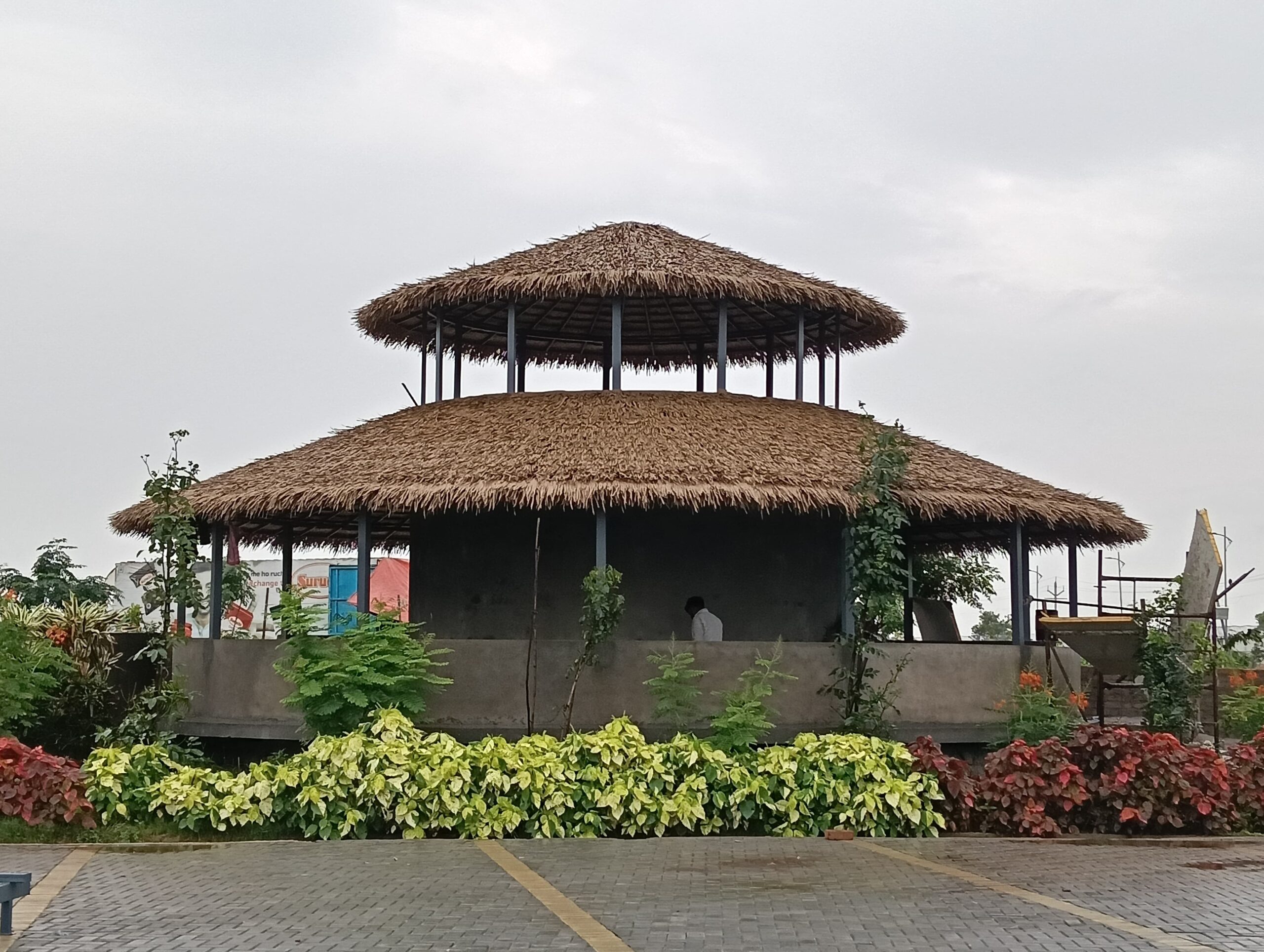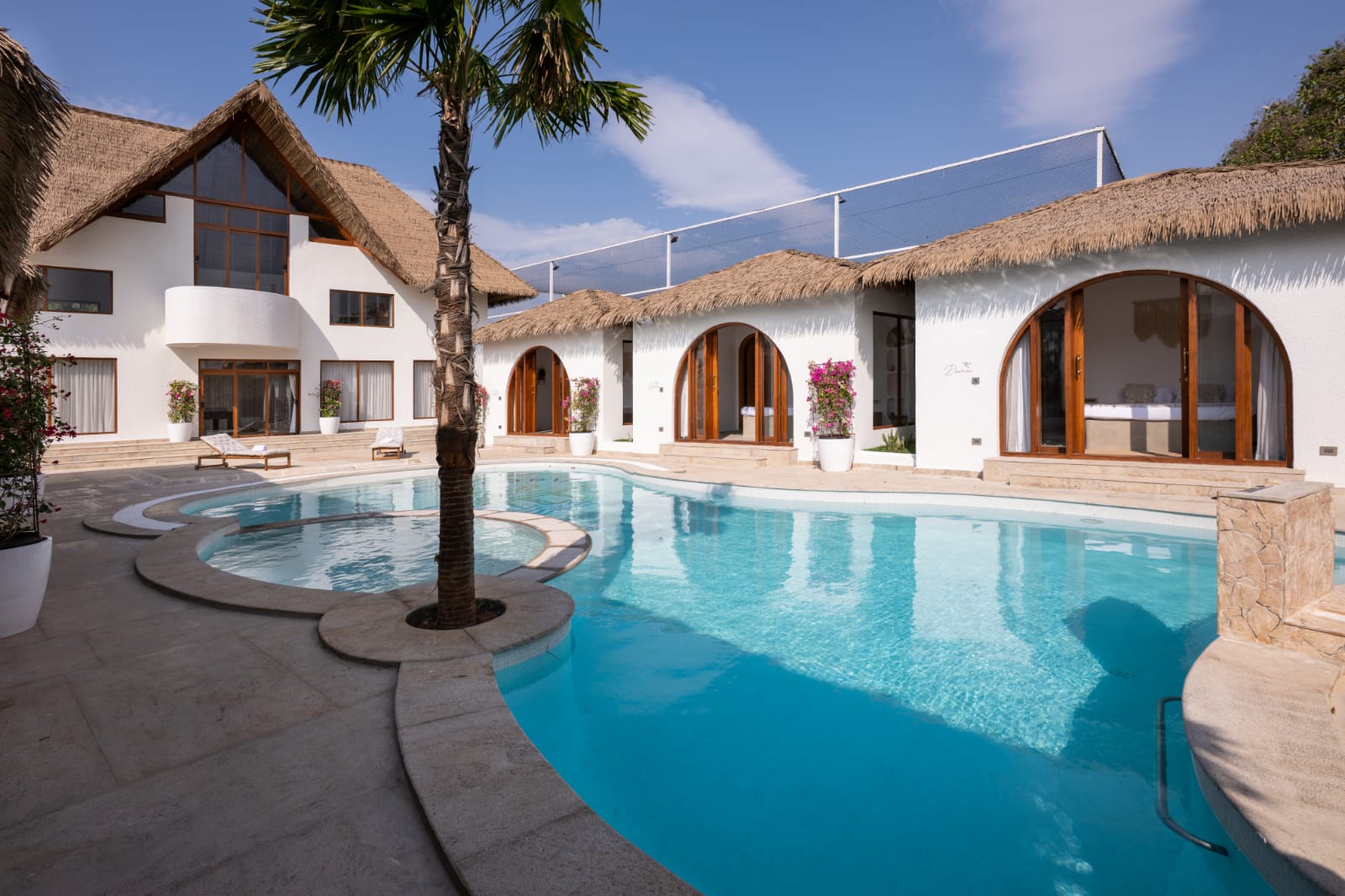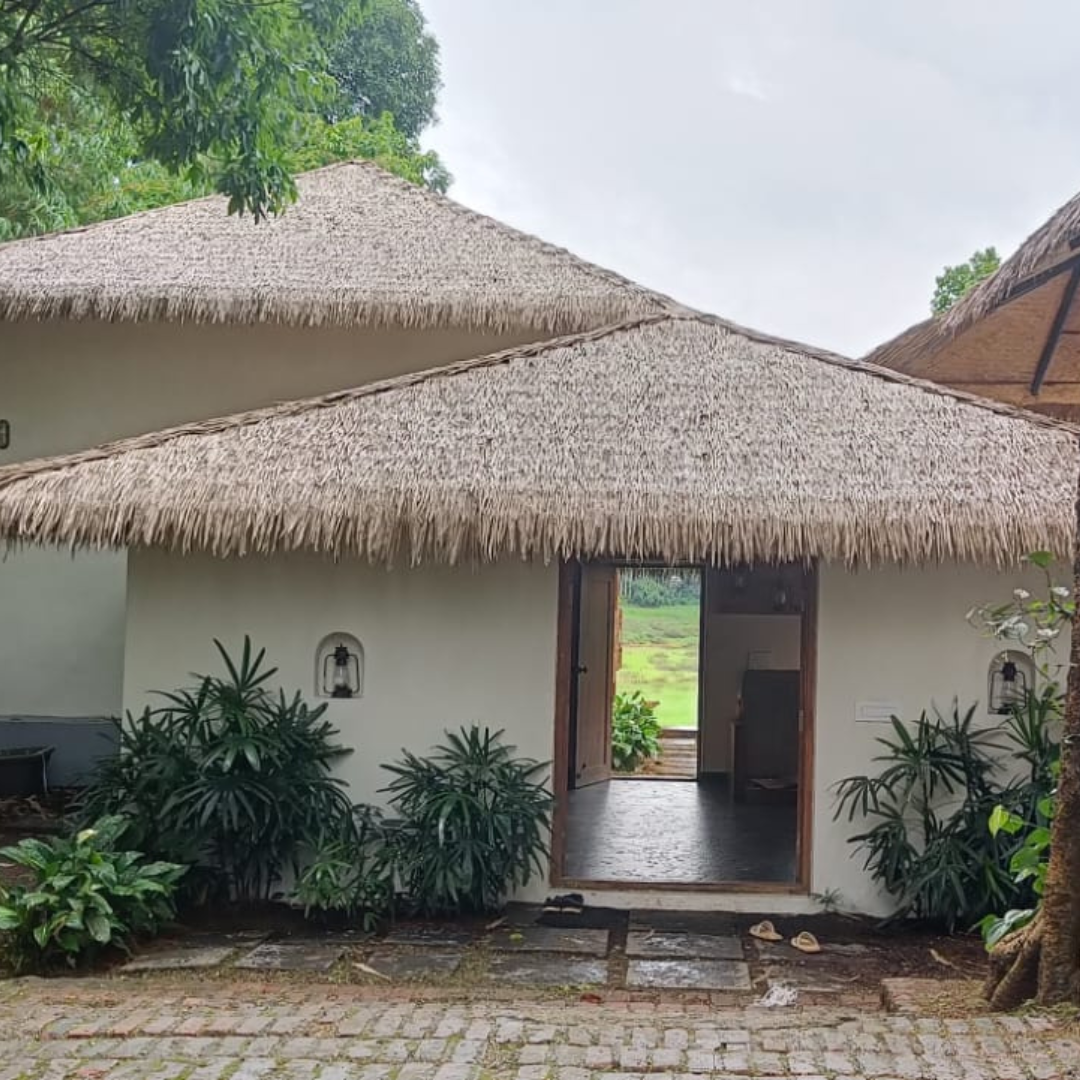Understanding the Basics:
Before delving into the comparison, it’s essential to understand the basics of synthetic and natural thatch roofing. Synthetic thatch is typically made from durable materials like high-density polyethylene, while natural thatch uses traditional materials such as palm leaves or grass. Both options offer a rustic charm, but their characteristics and maintenance requirements differ.
Durability in Indian Climates:
The Indian climate poses challenges for roofing materials, with high temperatures, humidity, and seasonal variations. Synthetic thatch roofs are designed to withstand these challenges, offering enhanced durability compared to natural thatch. While natural thatch can be susceptible to decay, pests, and weathering, synthetic thatch provides a longer-lasting and resilient solution.
Aesthetic Appeal and Authenticity:
Aesthetic preferences often play a significant role in choosing between synthetic and natural thatch. Natural thatch has an authentic and traditional appearance, which some homeowners find appealing for its cultural and historical significance. On the other hand, synthetic thatch replicates this aesthetic while offering customization options, allowing homeowners to achieve the desired look without compromising on durability.
Maintenance Considerations:
Maintenance is a critical factor for homeowners in India, where weather conditions can vary dramatically. Natural thatch requires more frequent maintenance, including re-thatching and treatment for pests and decay. Synthetic thatch, being more resilient, demands less maintenance and provides a hassle-free solution for those seeking a low-maintenance roofing option.
Fire Safety:
Fire safety is a crucial consideration, especially in regions prone to wildfires or where fire safety regulations are stringent. Synthetic thatch roofs are often treated to be fire-resistant, offering an added layer of safety compared to natural thatch, which can be more susceptible to fire.
Cost Analysis: Short-Term vs. Long-Term:
While the initial cost of synthetic thatch may be higher than that of natural thatch, a comprehensive cost analysis reveals the long-term advantages of the synthetic option. The durability, low maintenance requirements, and potential savings on repairs make synthetic thatch a cost-effective choice over the life of the roof.
Sustainability and Environmental Impact:
For environmentally conscious homeowners, the sustainability of the roofing material is a crucial consideration. Natural thatch, when sourced responsibly, is a renewable and eco-friendly option. However, synthetic thatch can also be sustainable, especially when made from recycled materials, and it has the added advantage of reducing the demand for natural resources.
Architectural Versatility:
Consider the architectural style of your home and how the thatch material integrates into the overall design. Synthetic thatch offers greater versatility, adapting to various architectural styles, from traditional Indian homes to more contemporary designs. This flexibility can be a decisive factor for homeowners with specific design preferences.
Local Regulations and Building Codes:
Finally, it’s essential to consider any local regulations or building codes that may influence the choice between synthetic and natural thatch. Some regions may have specific requirements regarding fire safety, materials, or construction methods. Checking and adhering to these regulations ensures a smooth and compliant roofing installation.
Choosing between synthetic and natural thatch for your Indian home involves weighing various factors, including durability, aesthetic appeal, maintenance, cost, sustainability, and compliance with local regulations. By considering these aspects, homeowners can make an informed decision that aligns with their priorities and ensures a roofing solution that enhances both the beauty and functionality of their homes.




